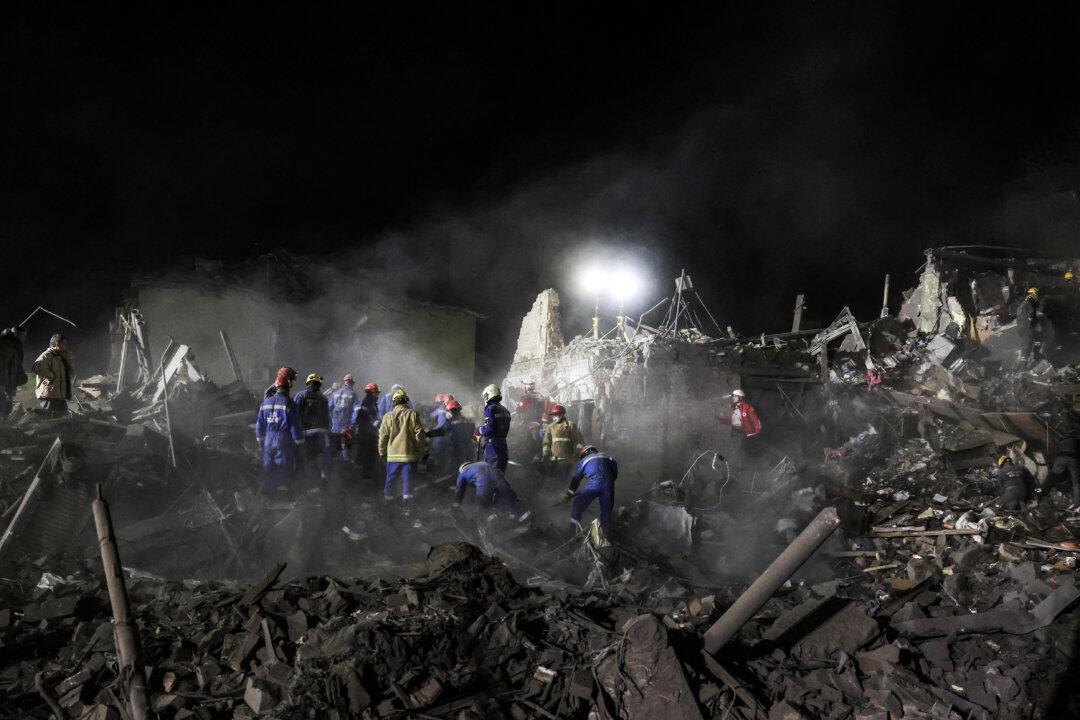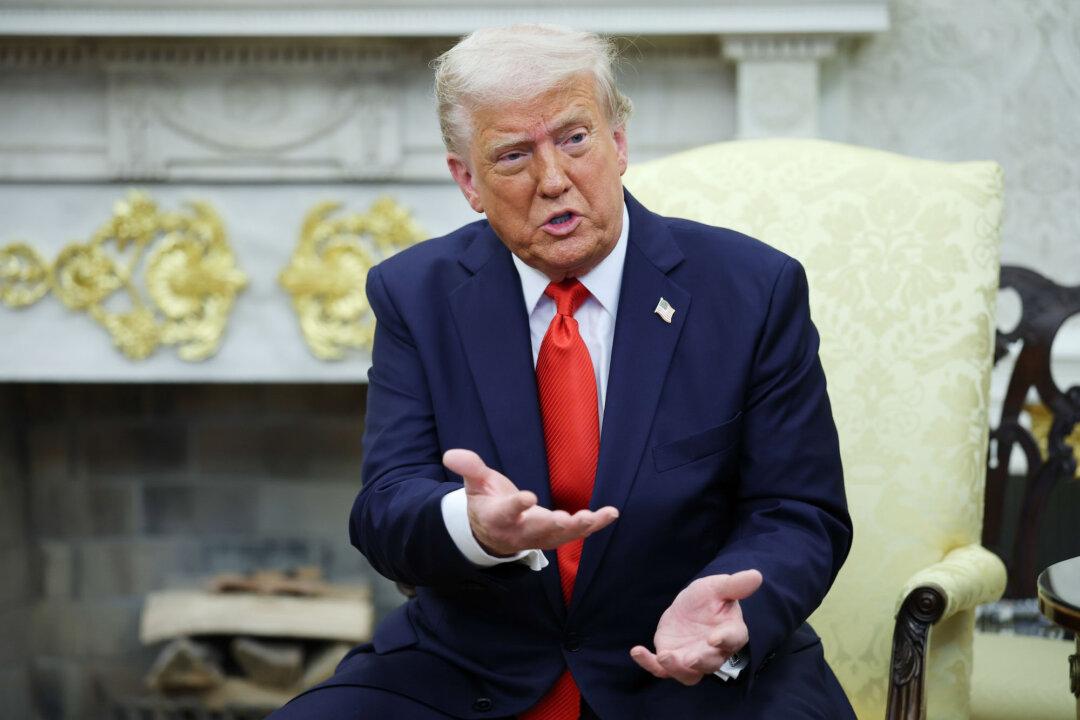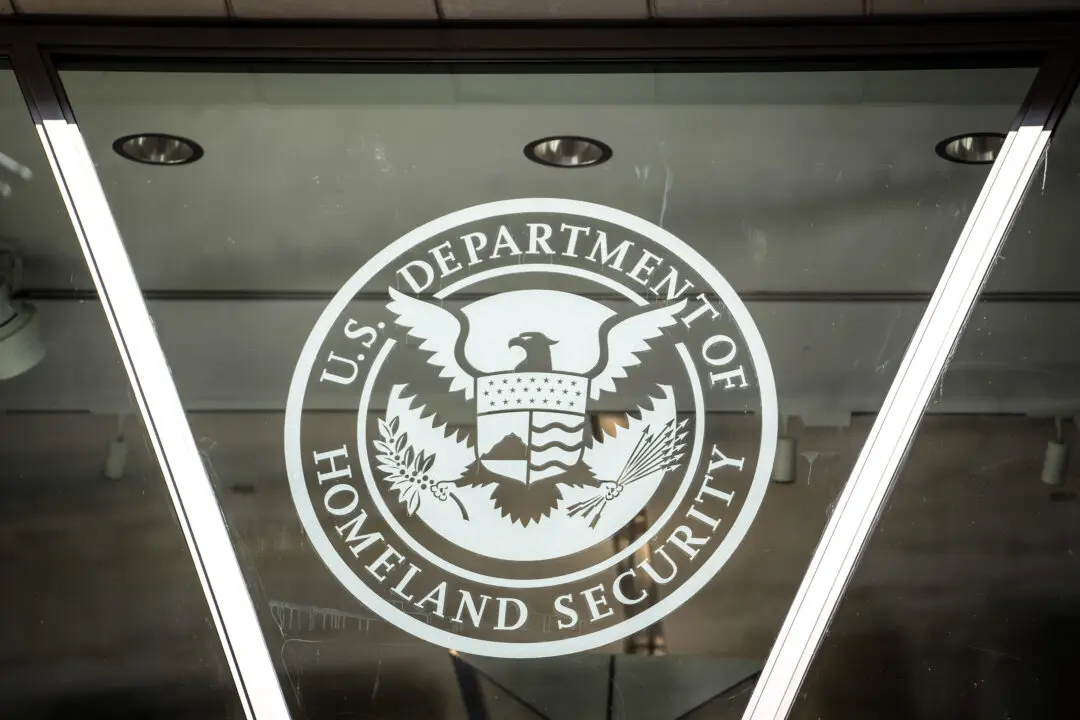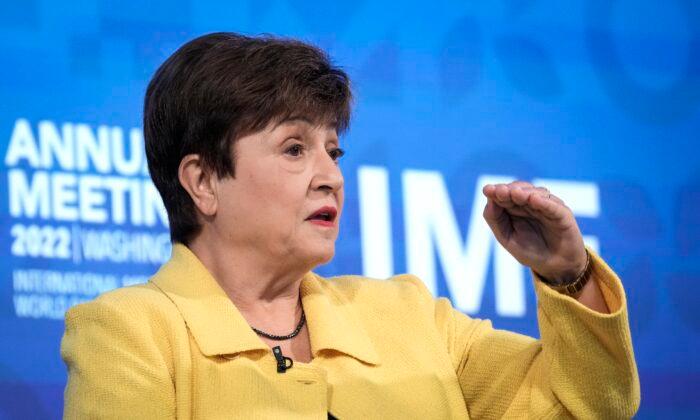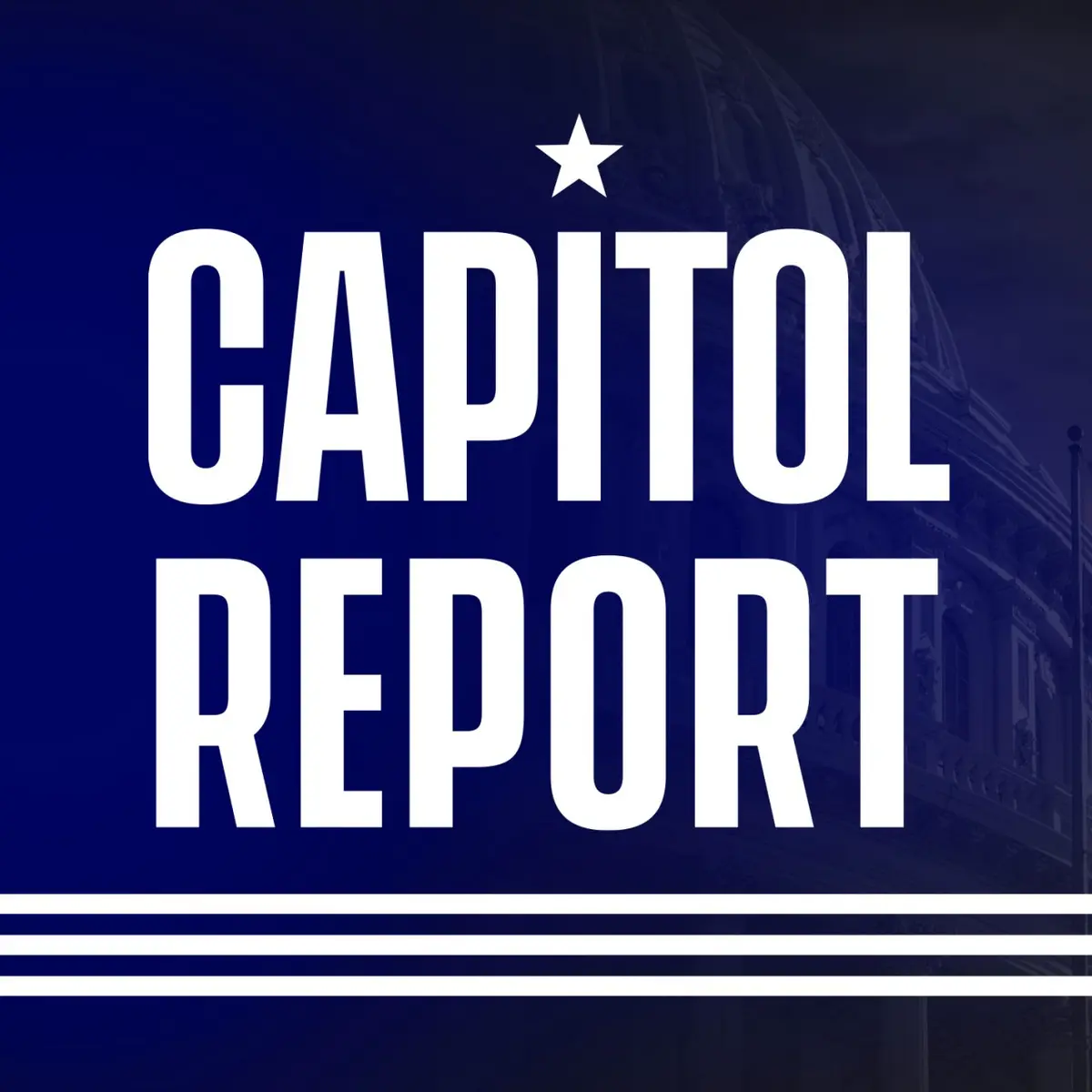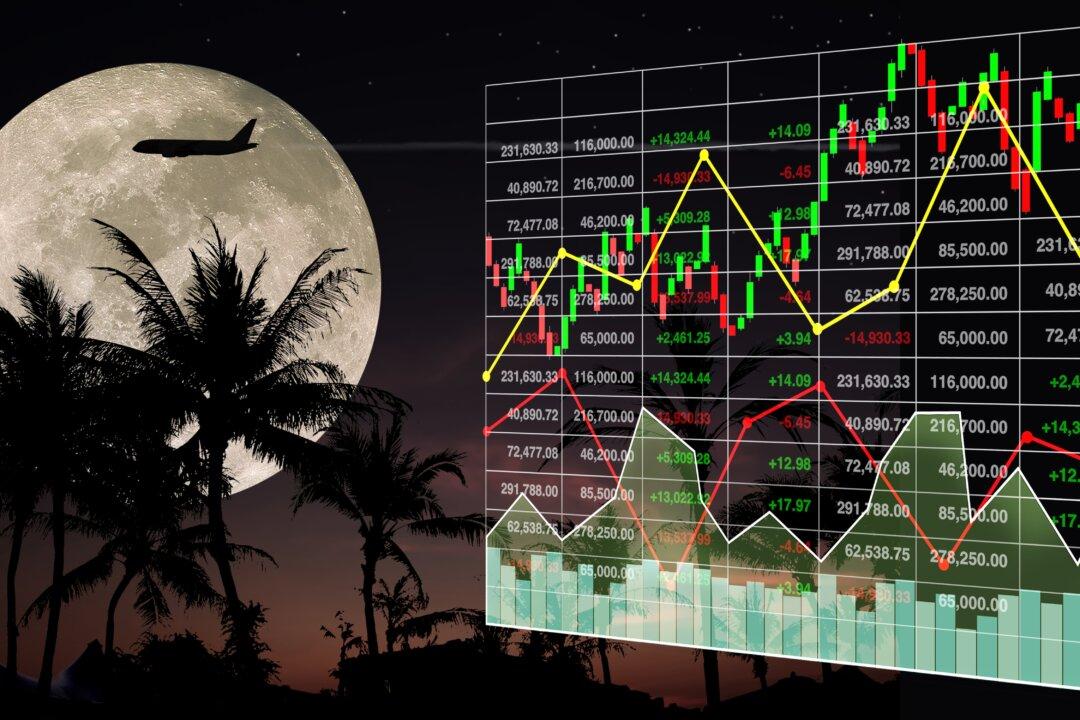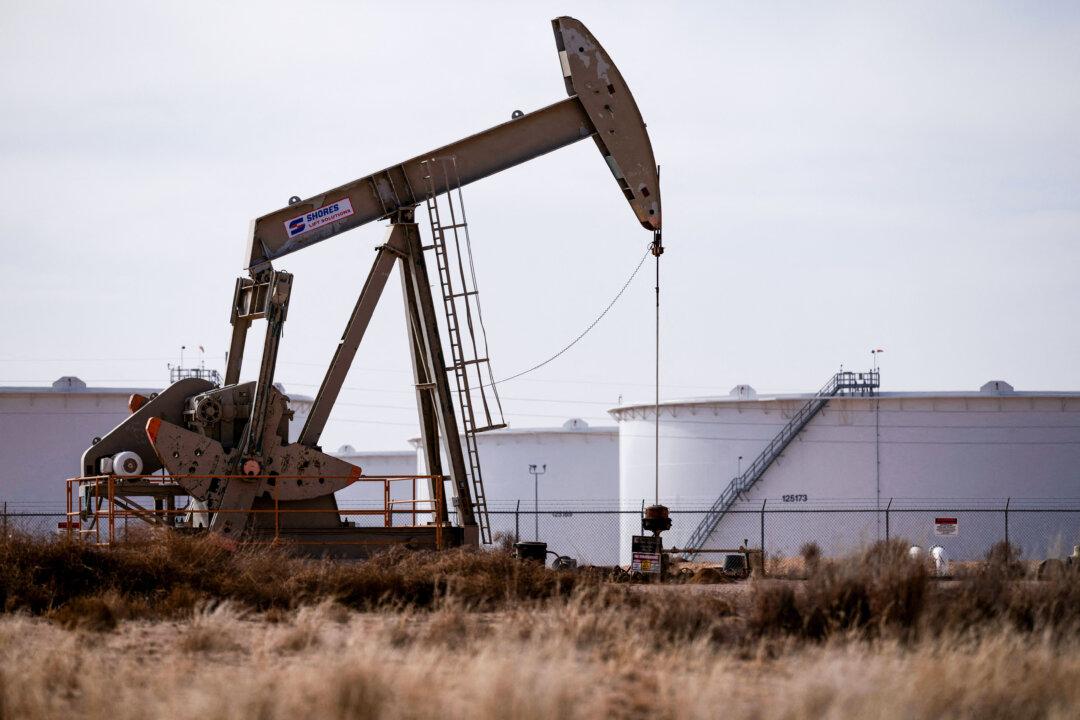Federal Judge Blocks Trump’s Directive to Require Proof of Citizenship for Voter Registration
Groups challenging the order ‘are substantially likely to prevail,’ the judge ruled.

Traditional Cooking Fats Are Making a Comeback—Here’s How to Cook With Them
From butter to lard to tallow, modern cooks are rediscovering the flavor, nutrition, and health benefits of these old-school fats.

A Triumph in Wood: Sweden’s ‘St. George and the Dragon’
Stockholm Cathedral’s ‘St. George and the Dragon’ oak sculpture depicts the eternal battle of good and evil.

‘Eric LaRue’: A Mother’s Healing Journey
‘Eric LaRue’ should be chased with documentaries ‘I Am Living Proof’ and ‘The Work’; soul healing is available in both religious and non-religious settings.
Most Read
Top Stories
Federal Agency Warns States They Could Lose Funding Over Immigration, DEI Policies
States were advised by the transportation secretary to ‘enforce our immigration rules, end anti-American DEI policies, and protect free speech.’
24-Year-Old Highland Park Shooter Sentenced to Life in Prison
Robert E. Crimo III was handed seven consecutive sentences of life in prison.
Man Charged With Arson in New Jersey Pine Barrens Fire, Officials Say
The fire has prompted air quality alerts for the New York City metro area.
Trump Says ‘Special Deal’ With China Will Depend on Beijing’s Actions as Trade War Rages
The Trump administration plans to announce new tariffs in the coming weeks.
Trump Admin Asks Supreme Court to Allow Prohibition on Troops With Gender Dysphoria
A federal judge blocked the policy, saying it raised constitutional issues.
US Existing Home Sales Fell 5.9 Percent in March, Largest Drop in More Than 2 Years
The median home sales price continued to grow at 2.7 percent year over year to a new national median of $403,700, an all-time high for the month of March.
In Trade War, China’s Chokehold on US Medicine Moves Into Spotlight
China’s iron grip on supply of critical drug ingredients has been years in the making, driven by Beijing’s strategic plan to dominate the pharma industry
▶Persecuted in China, Young Shen Yun Artists Find New Meaning on the World Stage
Stories of persecution and resilience behind the performing arts company that’s become a global sensation.
US Durable Goods Orders Spike on Solid Aircraft Demand, ‘Front-Running’ Tariffs
Orders for long-lasting goods were the highest since this past summer.
Former US Army Officer Sentenced to 7 Years in Prison for Selling Sensitive Military Information
Prosecutors say the information was handed over to an individual connected to the Chinese regime.
Beijing’s Cyberattack Allegation Against NSA Adds to Signs of US–China Decoupling: Analysts
After raising tariffs on U.S. products and warning citizens to rethink U.S. travel plans, Beijing accused a U.S. government agency of hacking infrastructure.
Judge Orders US to Facilitate Return of Venezuelan Man Deported to El Salvador
The immigrant, who was illegally in the United States, is referred to in court documents under a pseudonym.
Tensions Over Clean Power Push Highlighted at London Energy Security Summit
Energy Secretary Ed Miliband championed clean energy for security, while the U.S. envoy warned against letting climate ambitions overshadow economic growth.
▶Member of Alberta Legislative Assembly Inspired by Shen Yun’s Message: Traditional Values Still Shine
On the evening of April 17, Alberta Member of the Legislative Assembly Eric Bouchard and his wife Roxanne attended the final performance put on by Shen Yun.
Former South Korean President Indicted for Bribery
Moon Jae-in joins a growing list of former presidents who have found themselves in legal trouble during or after their tenure.
Trump Tells Putin to Stop After Russian Strikes on Kyiv
Trump said on Truth Social he is ‘not happy’ with massive Russian air strikes on the Ukrainian capital, Kyiv, on April 24.
Trump Administration Probing Truck Imports, Citing National Security
The United States imported more than 14 times as many trucks and buses in 2023 than it did in 2007, with nearly 90 percent coming in from Mexico.
India Suspends Water Treaty With Pakistan After Kashmir Massacre
Indian Prime Minister Narendra Modi, speaking in the eastern state of Bihar, said of the terrorists, ‘We will pursue them to the ends of the earth.’
Trump, Johnson Pour Cold Water on Proposal to Raise Top Marginal Rates
Asked whether such a proposal could make it into Republicans’ final funding package, House Speaker Mike Johnson replied, ‘I would not expect that.’
Judge Halts Order Demanding Details on Efforts to Return Abrego Garcia to US
U.S. District Judge Paula Xinis had ordered the government to address discovery requests.
Special Coverage
Special Coverage










































